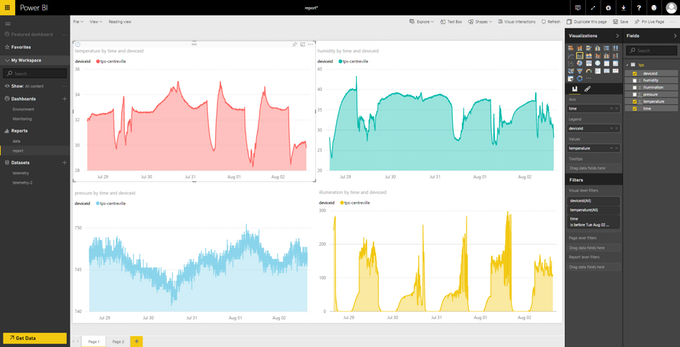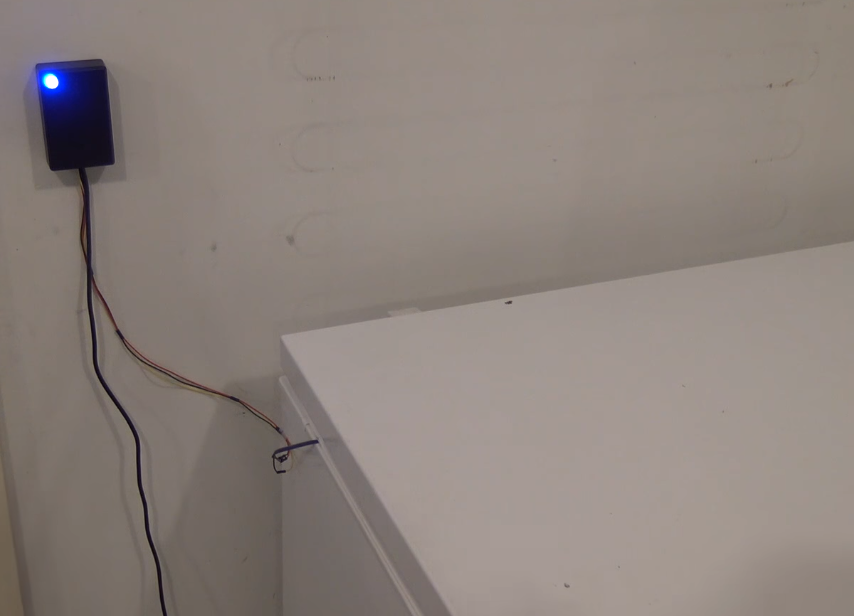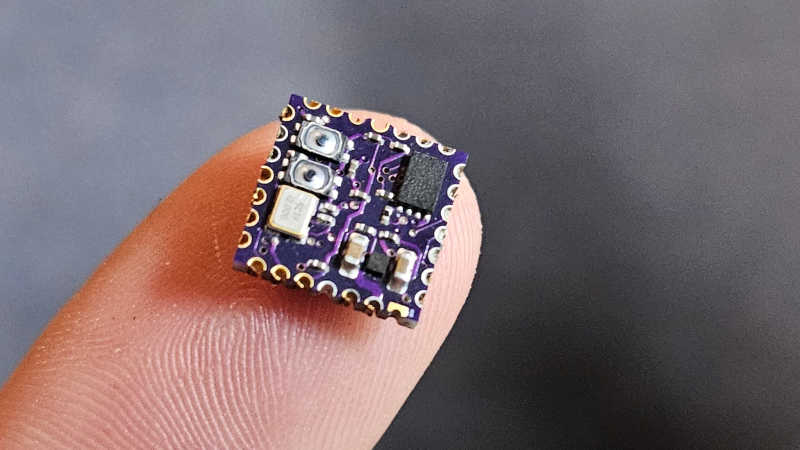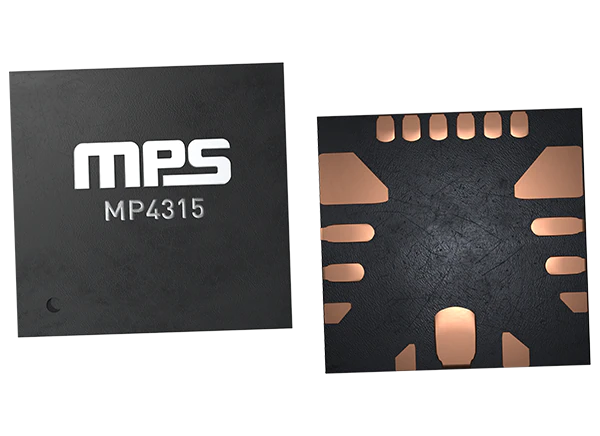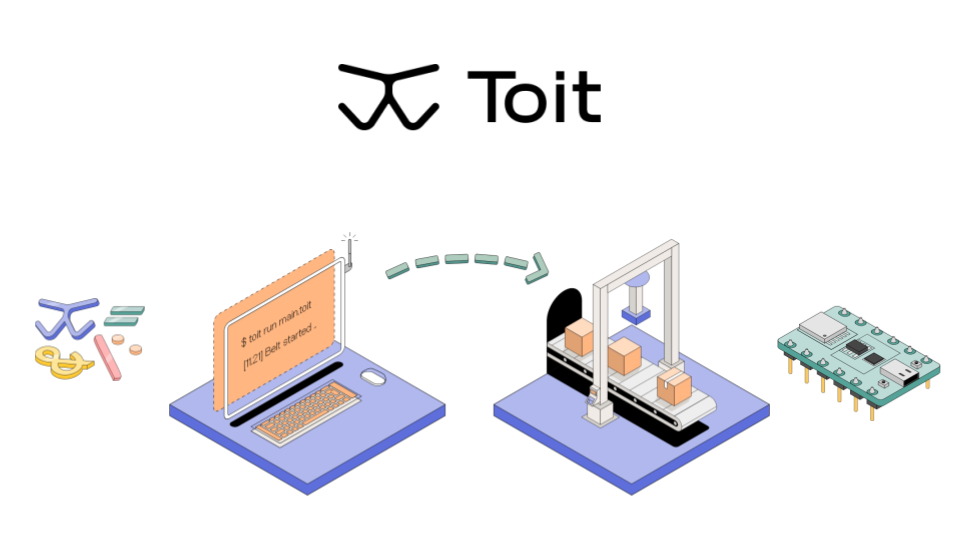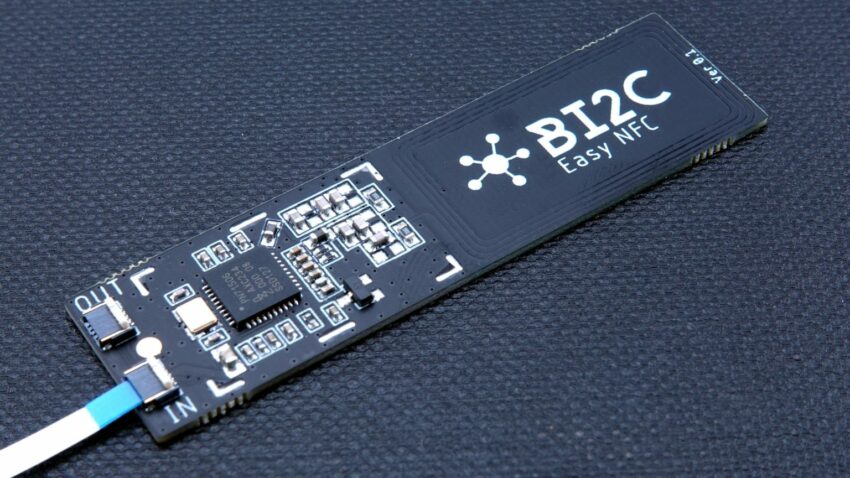
iLABs’ BConnect is set to change the narrative of Interfacing
iLABs has introduced a revolutionary concept that is about to reshape the narrative of interfacing — BConnect, a groundbreaking update from the renowned Bi2C interface.
Describing this new concept as an “electrifying journey into the future,
” iLABS explained that the concept of BConnect (Bus Connect) is aimed at closing the gap between various electrical interfaces including I2C, Serial and SPI. “The shift towards BConnect signifies a broader vision for the future of interfacing. It’s not just about expanding horizons but integrating them. BConnect isn’t just a name; it’s the embodiment of a vision where all interfaces speak a universal language, ensuring seamless communication and interoperability. The concept is a spin off from the existing Groove, Stemma and Qwiic where instead of using a bulky connector and cables, we use an FFC (Flexible Flat Cable) and a tiny flexible flat cable connector to do the job. This means that we can get away with connectors that have 0.5mm pitch which makes them super small,” they said.
iLABS also explained that 3 main buses in the BConnect concept have been implemented already including the Bi2C which has proven to work greatly with different available accessories, the BSerial interface, and the BSpi interface. The era of compartmentalizing interfacing is over as they further explained,
“With BConnect leading the charge, users now have an encompassing platform to cater to their diverse needs. The team has astutely retained the well-acclaimed categories: Bi2C (I2C), BSerial (UART), and BSpi (SPI), ensuring familiarity while embracing versatility. The Bi2C bus has been implemented and supported for some time. It is well proven and works great with the different accessories that are available. The BSerial interface has just recently been introduced with the BSerial WiFi/BLE product. At the time of this writing, there are no current products available with the BPi interface.”
For power, it is important to note that the BConnect system is not designed to carry more than 260mA and may actually fail if you connect units that consume more than this specification. The power line must always be +3.3V (+5%). Bi2C modules that require other voltages should have points to which this supply voltage can be connected.
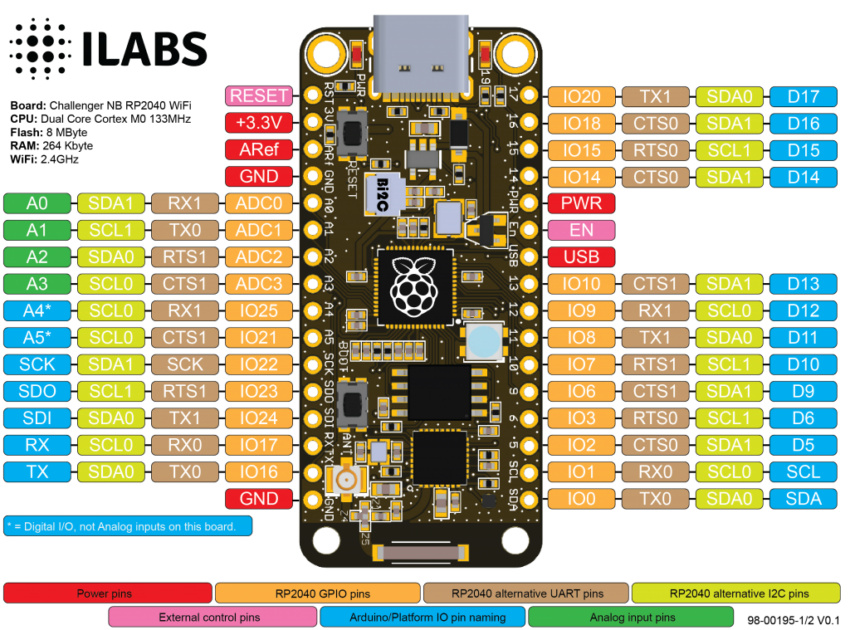
Some other useful details on BConnect concept can be found on iLABs official website where they showed it in an example using one of their own boards (the Challenger NB RP2040 WiFi board) to implement the BConnect-4 interface. They used flexible flat cables of 0.5mm pitch that fit the PCB FFC connector well but added that these cables are available in different lengths of 10cm, 20cm, and 30cm.





